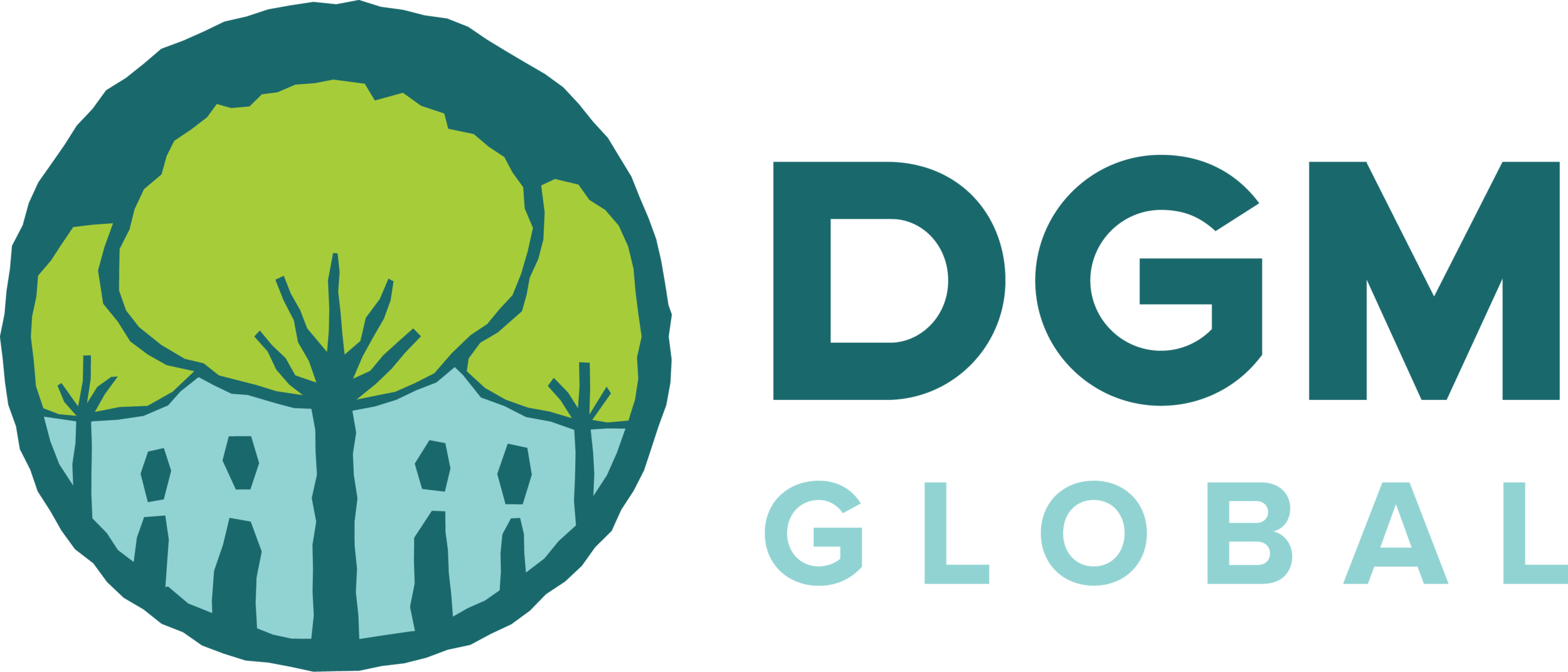Together, One: Empowering Indigenous and Local Communities to Drive Climate Action

- Aug 13, 2019
Together, One: Empowering Indigenous and Local Communities to Drive Climate Action
CIF Action
Authored by Meerim Shakirova of the World Bank and Johnson Cerda of Conservation International.
Indigenous peoples are culturally distinct communities. Their identities are inextricably linked to the land and natural resources they depend on for their economic, physical, and spiritual health. There are approximately 370 million indigenous people living in more than 90 countries.
Indigenous peoples and local communities are critical partners in addressing the climate crisis. IPLCs—as they are known—occupy, own, or use a quarter of the world’s surface area, but they safeguard a staggering 80 percent of global biodiversity. These territories are reported to store nearly a quarter of the world’s land-based carbon. What’s more, the centuries-old knowledge they have accumulated about these lands is vital to understanding how we best adapt, mitigate, and reduce risks from climate change.
But the lands and resources that have sustained IPLCs for generations are under threat. Soaring demand for precious minerals, timber, and other raw materials is giving rise to counterproductive policies that displace and dispossess these communities at great cost to the environment.
Fortunately, their cause has not fallen on deaf ears. Progress is being made in restoring indigenous access to ancestral lands and resources at the local and international levels. But there is much more work to be done.
Enter the Dedicated Grant Mechanism for Indigenous Peoples and Local Communities (DGM), an initiative of the Climate Investment Funds (CIF). DGM provides direct financing to empower indigenous and local communities to sustainably manage natural resources, restore land access through land titling programs, and fight climate change on their own terms. The program is managed by IPLCs for IPLCs.
In a dozen countries so far, DGM is showing—with exciting results—that involving indigenous peoples in climate finance decisions can improve everything from livelihoods at the local level to titling programs at the national level. It has also promoted indigenous participation in the international climate policy arena.
For example, in Peru, DGM is supporting a community-led program to dramatically streamline land titling systems. The effort is supporting the legal recognition of 310 native communities across an area of 780,000 hectares. In Burkina Faso, 32 communes are deploying DGM resources to increase their participation in environmental governance and land titling decisionmaking nationwide. Meanwhile, DGM is assisting efforts in the Democratic Republic of the Congo to develop IPLC action plans, advocacy strategies, and community maps.
Gender equality is core to the program’s success. Women actively participate at all levels of DGM governance, with some DGM funds specifically designed to be women-led. Take the example of Brazil’s Cerrado biome, where women are leading an effort to create local seed banks in a bid to restore degraded areas and protect essential water streams.
IPLCs are too often portrayed as relics of history. But DGM’s experience shows that they are very much part of our modern-day approach to protecting the environment. By scaling up local action, IPLCs scale up global action.






